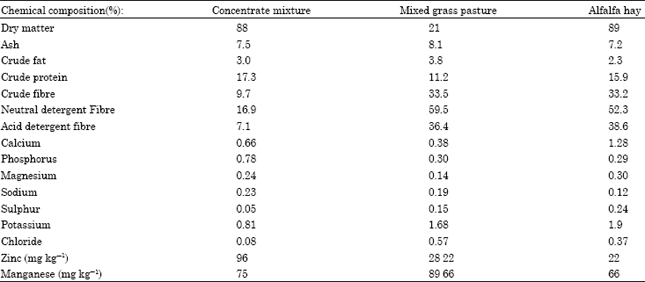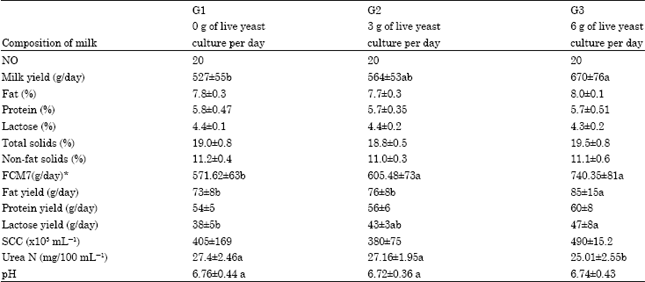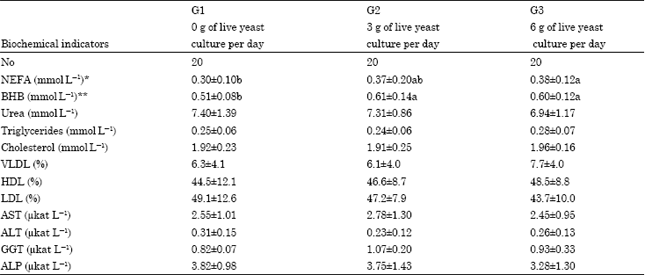Research Article
Influence of Live Yeast Culture on Milk Production, Composition and Some Blood Metabolites of Ossimi Ewes During the Milking Period
Department of Animal Production, Faculty of Agriculture, South Valley University, Qena, Egypt
LiveDNA: 20.20864












